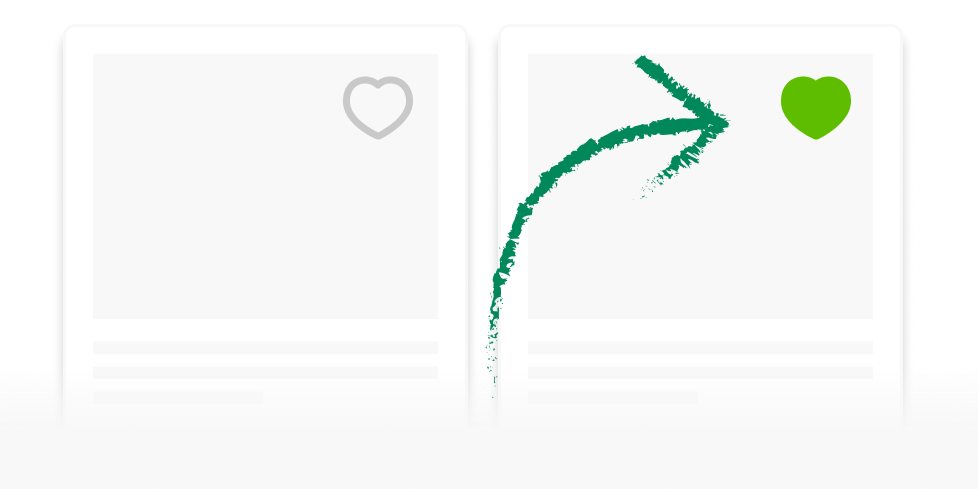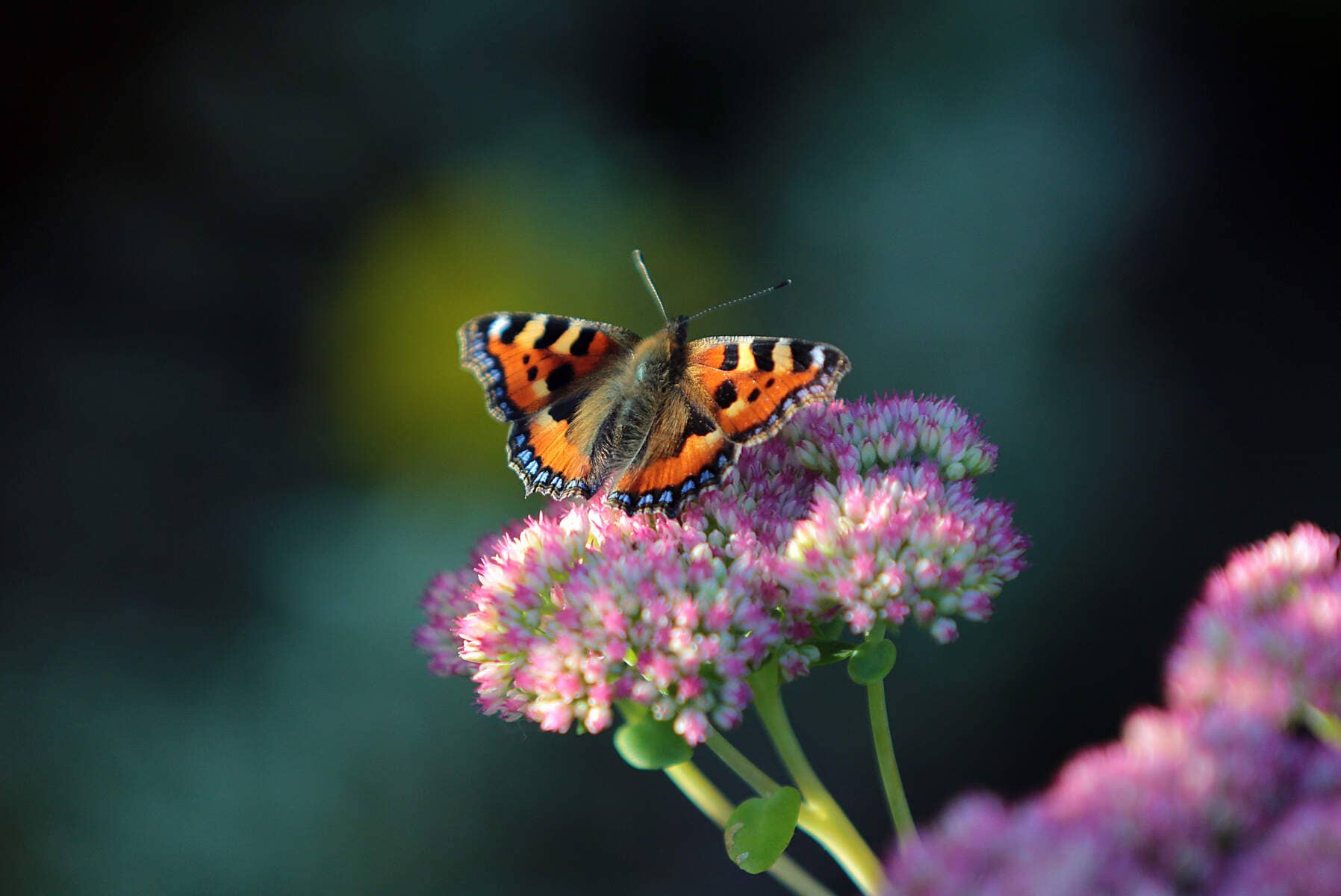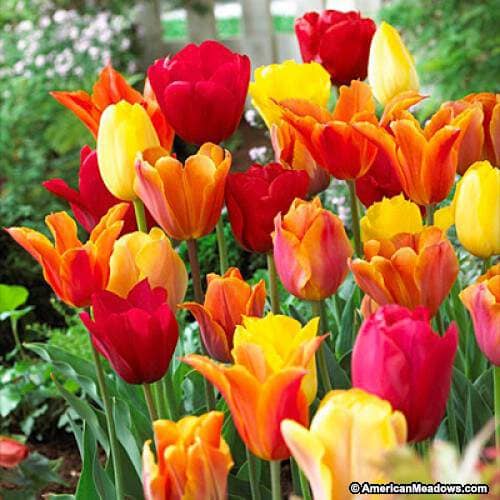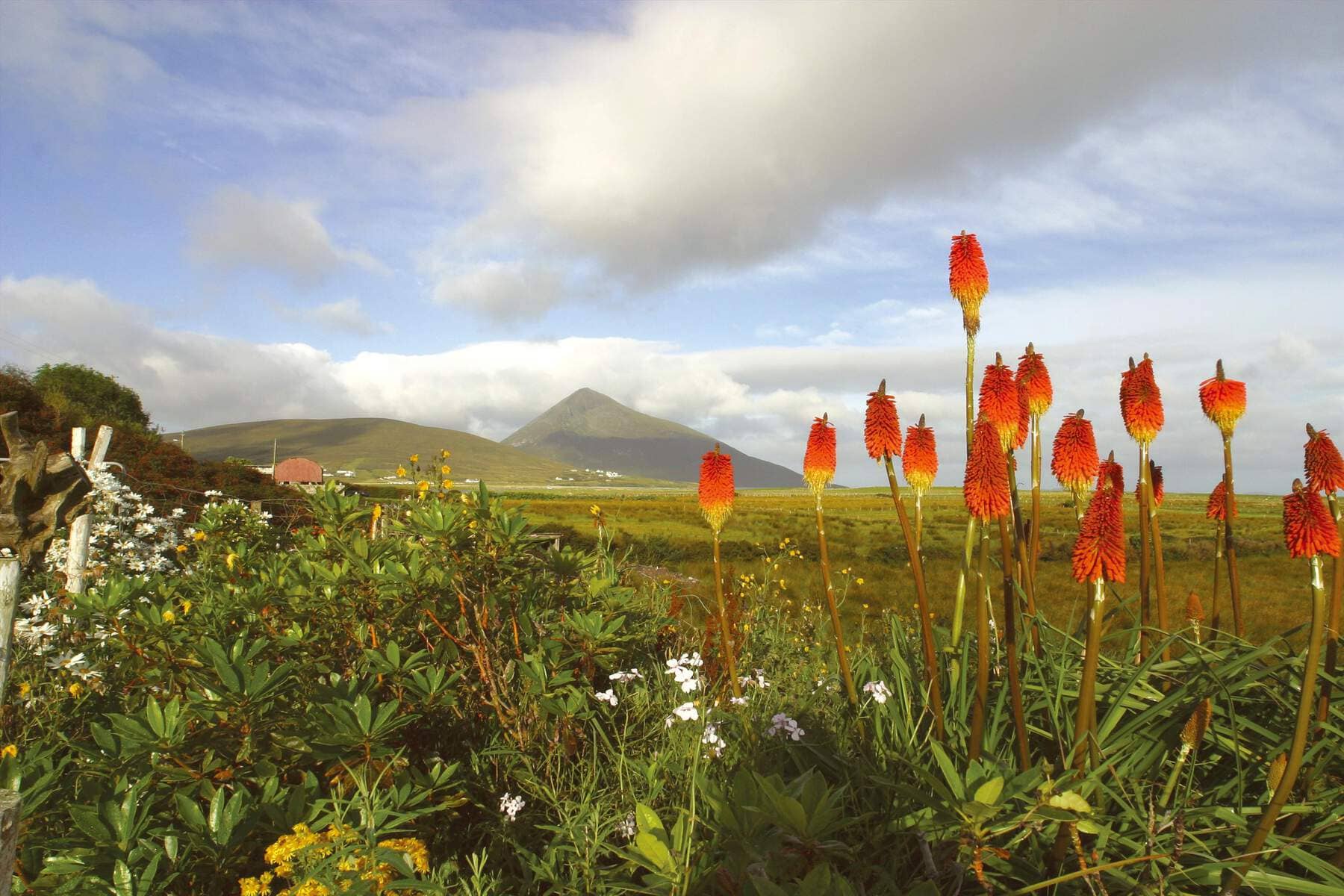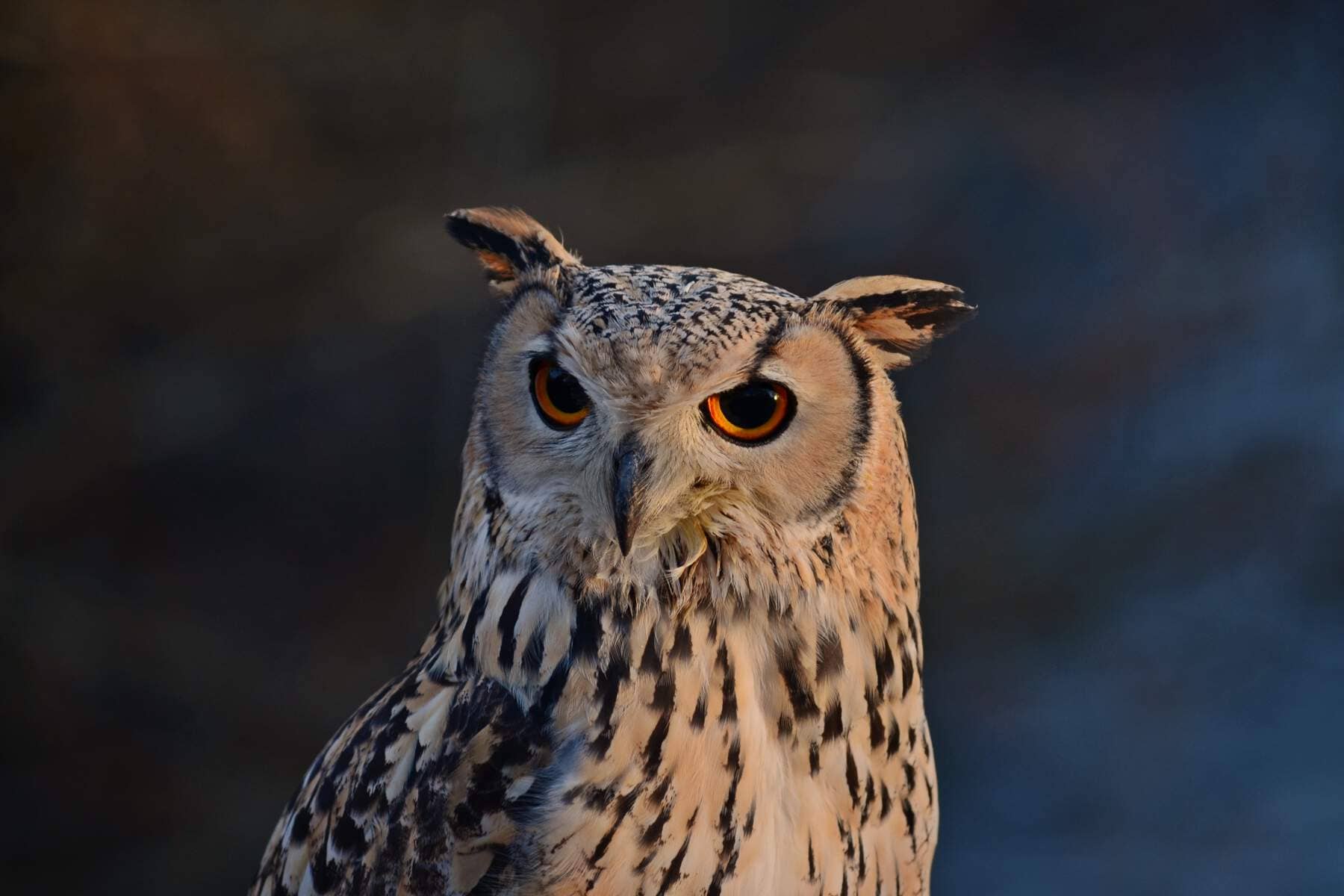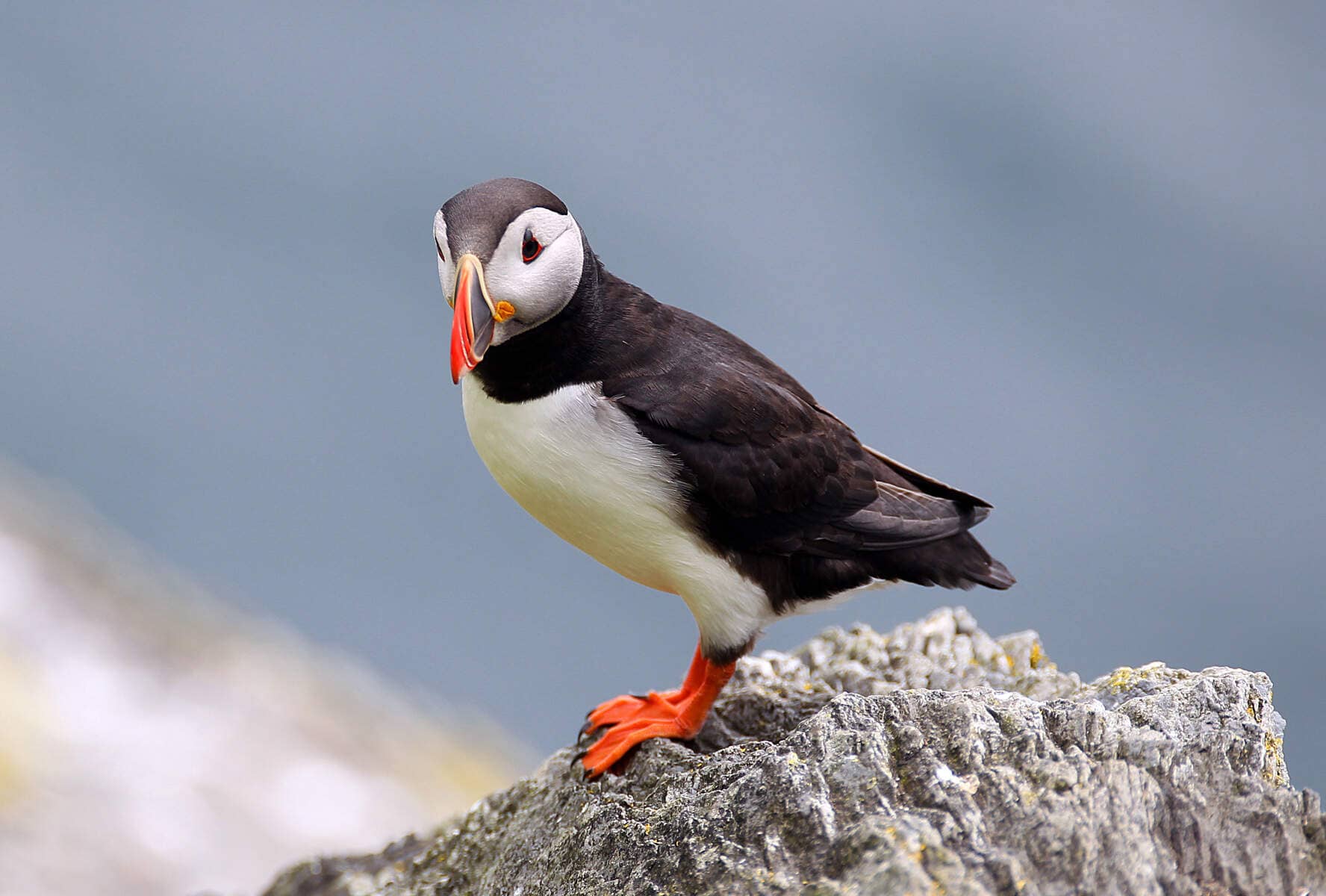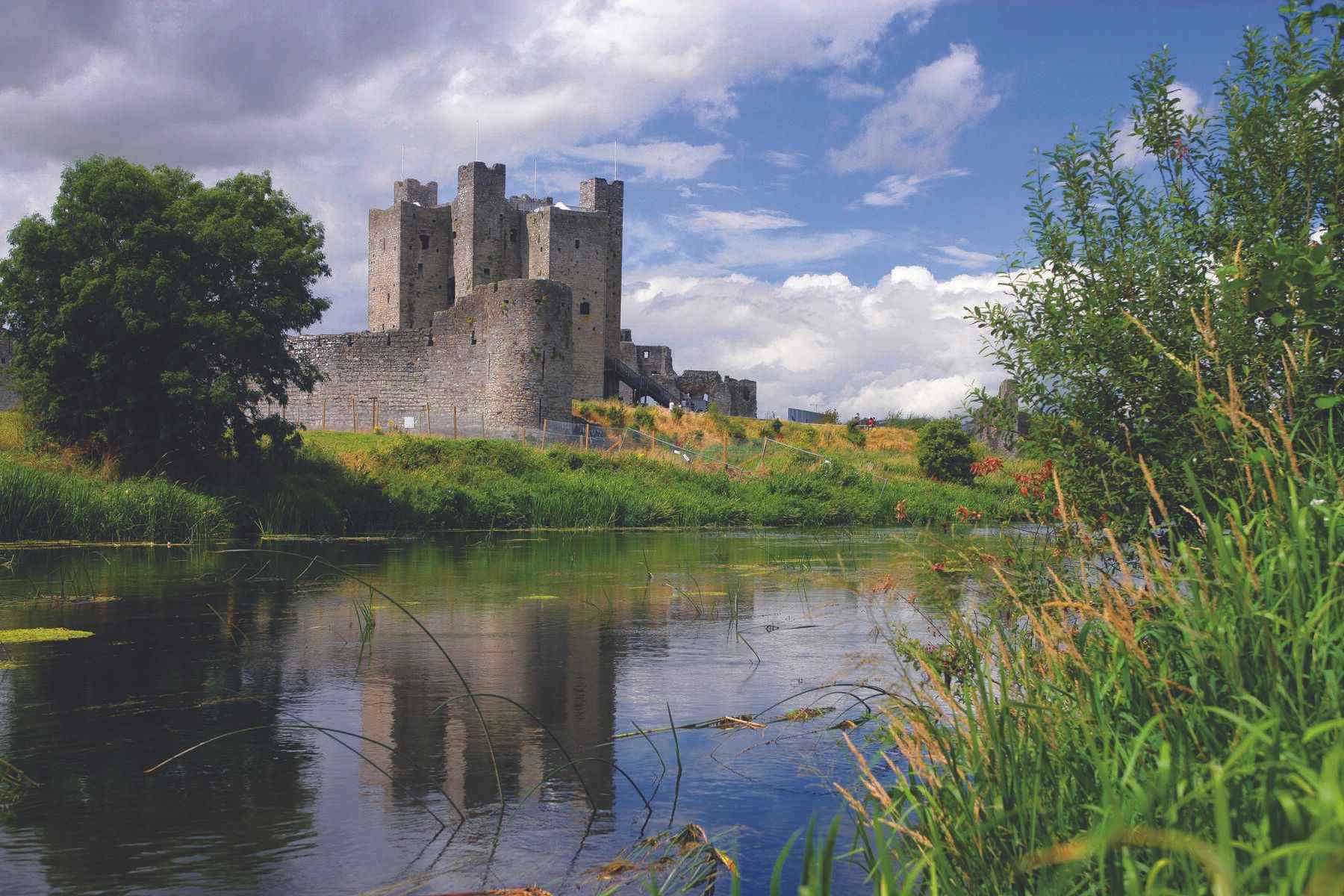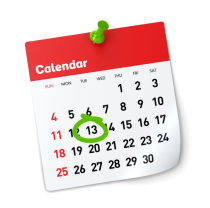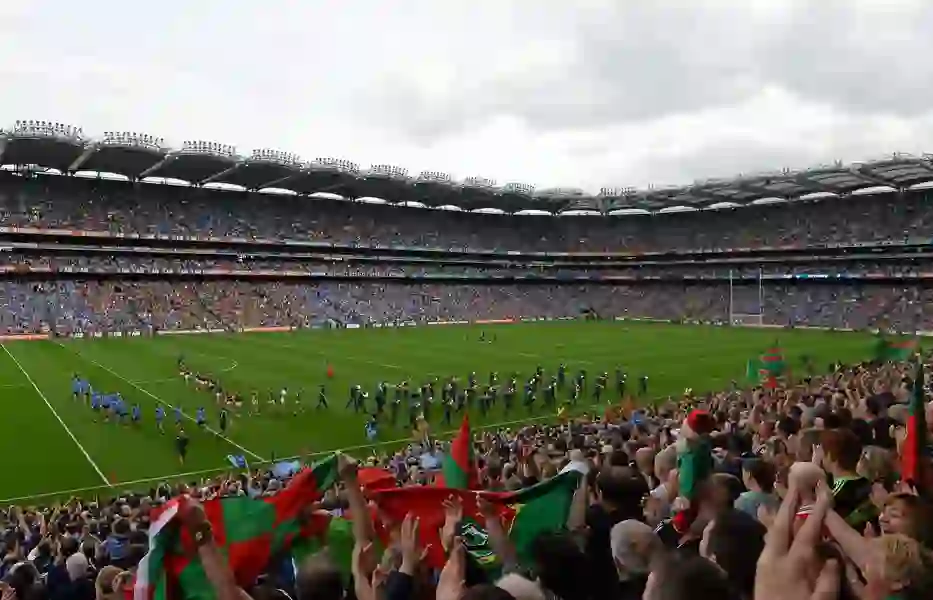
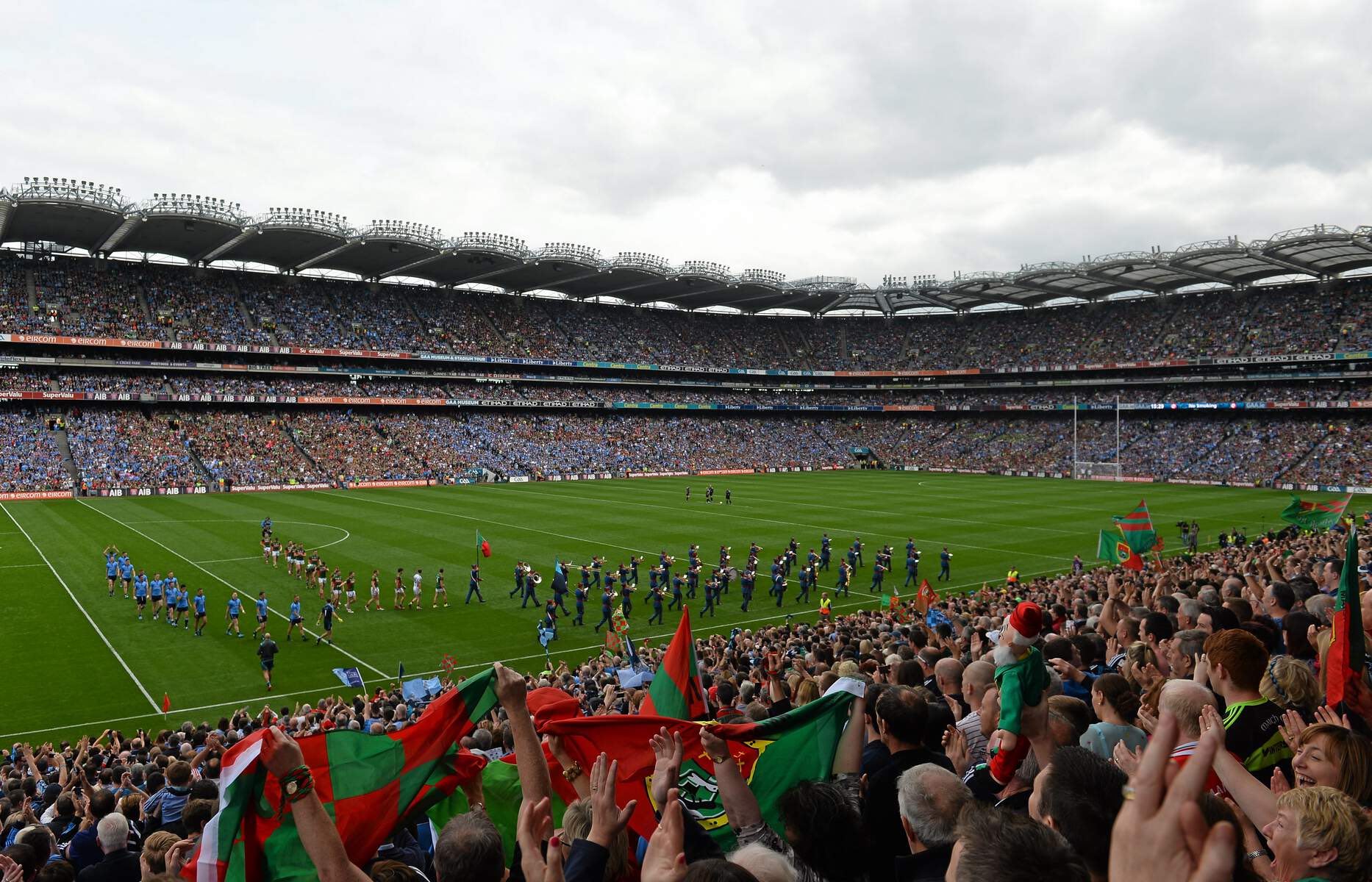
In 1884, a group of Irishmen led by Michael Cusack met in Thurles, County Tipperary, with the aim of preserving and cultivating Ireland’s national pastimes. Thus the Gaelic Athletic Association (GAA) was formed. Today, the organisation promotes the traditional Irish sports of Gaelic football, hurling, camogie, handball, and rounders and has over 500,000 members worldwide.
The GAA is headquartered in Croke Park in Dublin. With a capacity of 82,300, it’s Ireland's largest sporting arena! It’s the perfect place to watch an All-Ireland Football or Hurling Championship match if you’re visiting the city over the summer months.
Even when matches aren’t on, it’s a top tourist attraction in the city, as visitors can enjoy the GAA museum, a stadium tour, and even a skyline tour on a rooftop walkway atop the stands! The panoramic views of Dublin below are simply breathtaking.

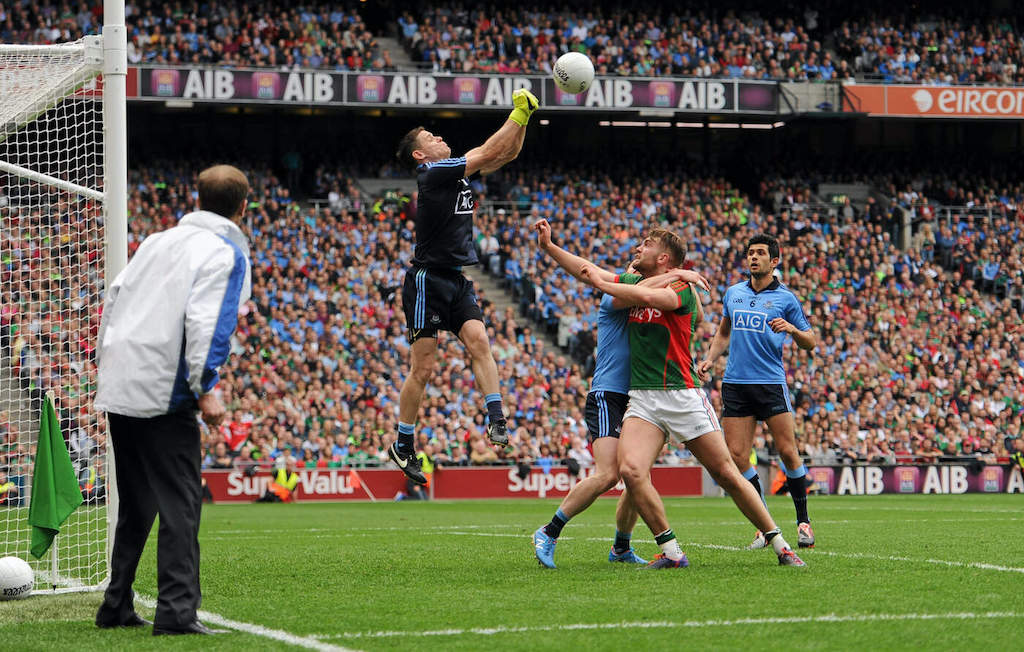
Gaelic football
Gaelic football
Gaelic football is commonly known as Gaelic, GAA, or football in Ireland. It’s a field sport played by two teams comprising 15 players each. It’s hugely popular around the island, with school teams, club teams, and county teams competing at numerous ages.
Each year, counties compete against each other to lift the Sam Maguire Cup and be crowned All-Ireland Champions. Top venues to catch an inter-county game include the Gaelic Grounds in County Limerick and Páirc Uí Chaoimh in County Cork.
Ladies’ Gaelic football is organised by the Ladies’ Gaelic Football Association. The rules are largely the same in both the male and female versions of the sport, with speed, strength and teamwork being key to success in this adrenaline-fuelled game.

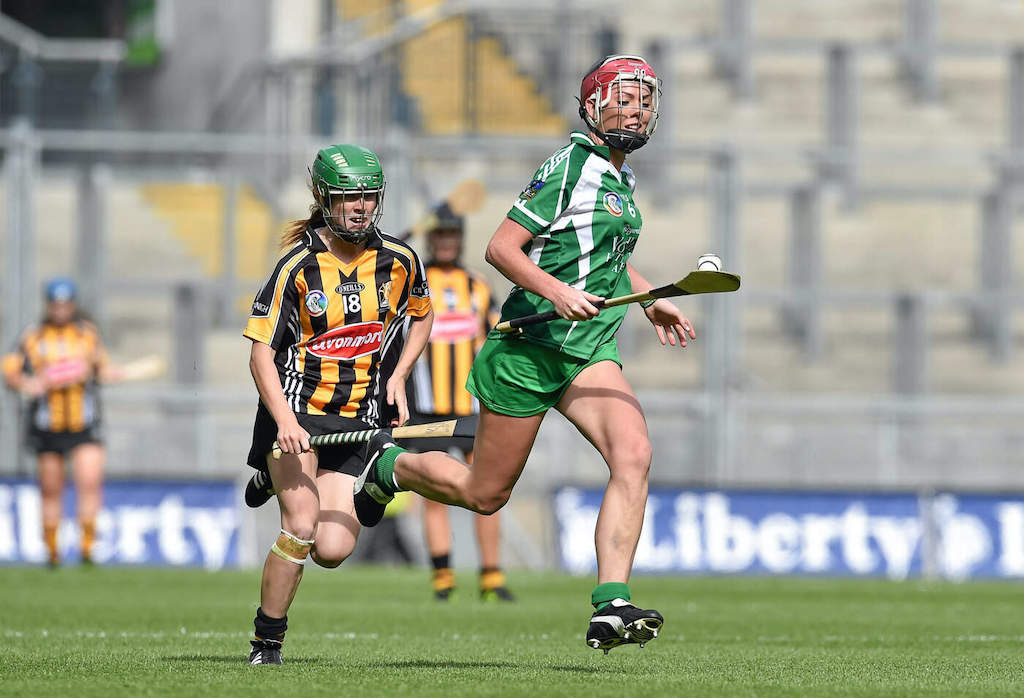
Camogie
Hurling and camogie
Hurling is another extremely popular native game which shares many of the same rules and regulations as Gaelic football, such as the field, teams, number of players, goals, and scoring system (one point for a shot over the bar, three points for a goal). It differs from football in that it’s a stick and ball game, with players using a wooden stick called a hurley to hit a small ball called a sliotar.
The annual All-Ireland Championship pits counties against one another as they aim to lift the Liam MacCarthy Cup as All-Ireland winners.
The female variant of the game is called camogie and it’s organised by the Camogie Association. The name comes from the Irish word “camóg” which refers to the stick used to play.
Both hurling and camogie are listed by UNESCO as an element of Intangible Cultural Heritage.

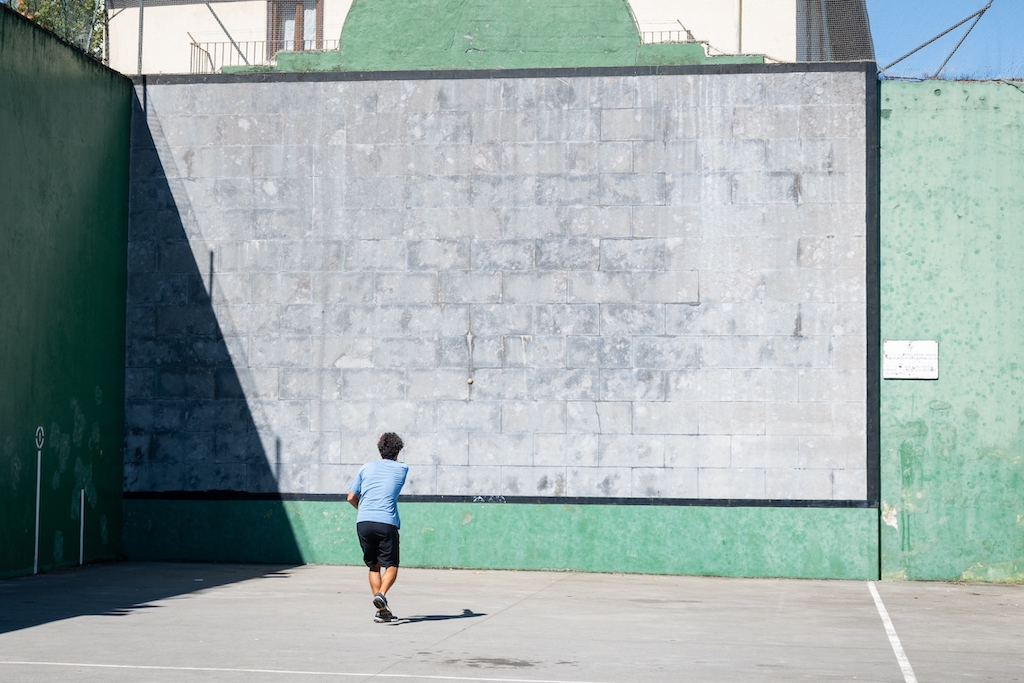
Handball
© Shutterstock



